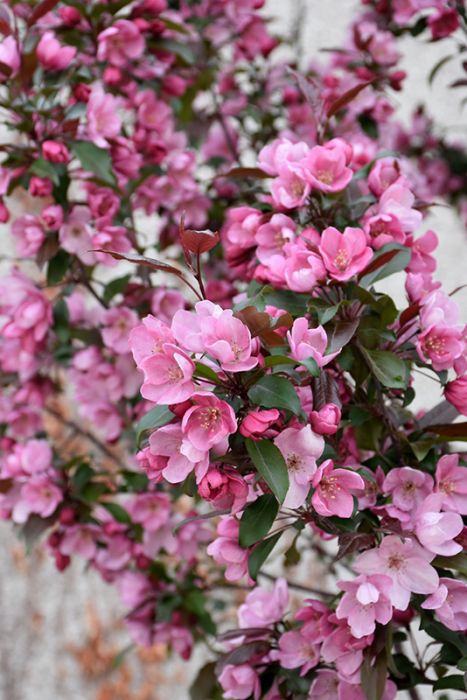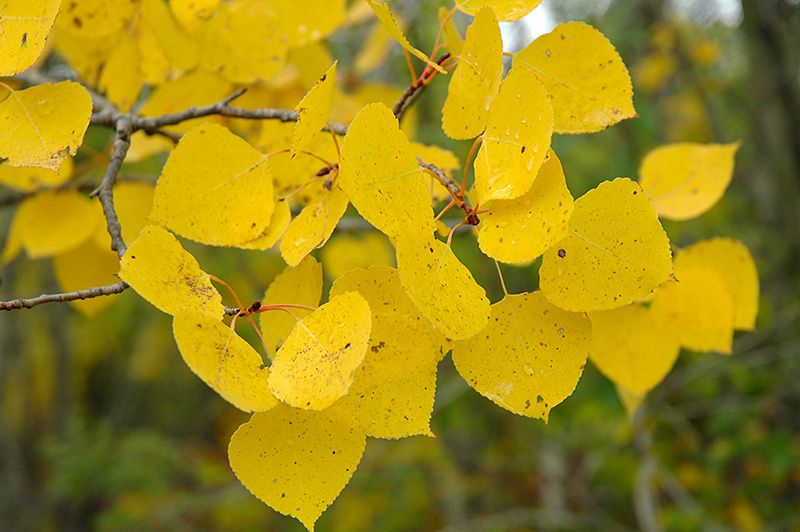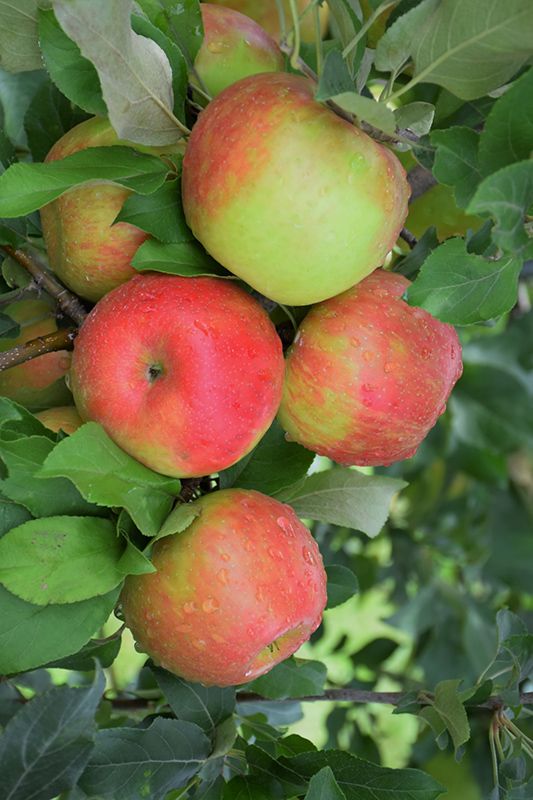Malus, Flowering Crabapple 'First Editions® Gladiator™'





- Sun Preference
- Full-Sun
Description
Bright pink flowers cover the upright, narrow form in spring followed by small, reddish purple fruit later in the summer. Disease resistant, glossy, bronze purple foliage looks clean and handsome all season.
Minnesota's Largest Selection of Trees
At Minnesota's Destination Garden Center, we offer a diverse range of trees to suit any landscaping need. Whether you're looking for shade trees to cool your home or ornamental trees to add beauty and interest, you'll find the perfect tree at Gertens. Our knowledgeable staff can help you select the right tree for your space and provide tips for care and maintenance. Visit Gertens today and explore the unmatched variety of trees to enhance your outdoor environment!
Details
First Editions® Gladiator™ Flowering Crabapple | Malus 'DurLeo'
Height: 20 feet
Spread: 10 feet
Sunlight: full sun
Hardiness Zone: 2a
Other Names: Roseybloom, Crabapple
Description:
An exciting new introduction, this is a very hardy, narrowly upright to columnar ornamental tree with showy pink flowers followed by smallish purple fruit and rich burgundy-purple leaves all season; use for its distinctive form
Ornamental Features
First Editions® Gladiator™ Flowering Crabapple is covered in stunning clusters of fragrant pink flowers along the branches in mid spring, which emerge from distinctive rose flower buds before the leaves. It has attractive deep purple deciduous foliage which emerges burgundy in spring. The pointy leaves are highly ornamental and turn yellow in fall. The fruits are showy purple pomes carried in abundance from early to late fall.
Landscape Attributes
First Editions® Gladiator™ Flowering Crabapple is a dense multi-stemmed deciduous tree with a narrowly upright and columnar growth habit. Its average texture blends into the landscape, but can be balanced by one or two finer or coarser trees or shrubs for an effective composition.
This tree will require occasional maintenance and upkeep, and is best pruned in late winter once the threat of extreme cold has passed. Gardeners should be aware of the following characteristic(s) that may warrant special consideration;
- Messy
First Editions® Gladiator™ Flowering Crabapple is recommended for the following landscape applications;
- Accent
- Vertical Accent
- Hedges/Screening
Planting & Growing
First Editions® Gladiator™ Flowering Crabapple will grow to be about 20 feet tall at maturity, with a spread of 10 feet. It has a low canopy with a typical clearance of 3 feet from the ground, and is suitable for planting under power lines. It grows at a medium rate, and under ideal conditions can be expected to live for 40 years or more.
This tree should only be grown in full sunlight. It prefers to grow in average to moist conditions, and shouldn't be allowed to dry out. It is not particular as to soil type or pH. It is highly tolerant of urban pollution and will even thrive in inner city environments. This particular variety is an interspecific hybrid.
More Information
| Gerten Grown Plants | Gerten Grown Plants |
|---|---|
| Available for Pre-Order | Yes |
| Tree Type | Shade & Ornamental |
| Sun Preference | Full-Sun |
| Mature Height (Range) | 15 - 25 feet |
| USDA Hardiness Zone | 2, 3, 4, 5, 6, 7, 8 |
| Common Family Name | Crabapple |







